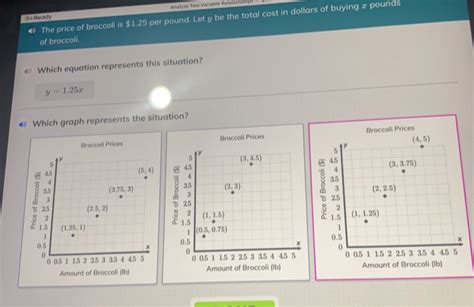
Step 1: Understand the context of prices for the analysis of prices using candleboard charts.
The price of volatility analysis includes studying how much security price is likely to shift to its current price. This can be achieved by looking at a variety of diagram patterns and features that indicate potential price transfers.
Step 2: Recognize the main candleboard diagram used for this analysis.
Some common models used to analyze price volatility are:
– a hammer (strong shallow followed by a strong high on the next day)
– Shooting Star (Rising Body the next day)
– a rising pattern
– a breeding pattern
Step 3: Define which patterns show the most volatility.
Each pattern has its own strengths showing changes in prices:
– The hammer may mean intensity and flexibility, indicating low volatility.
– Shooting stars show potential for future prices rising, but also show some instability.
– Ascending and venous patterns imply strong pressure on purchase or sales based on the previous day’s operations.
Step 4: Choose a method for calculating the average length of each pattern.
To get an accurate picture of the trend, you need to calculate how long each identified model typically lasts. This may be accompanied by simple mathematical calculations or historical information to create patterns.
Step 5: Calculate the percentage of the price over time to the duration of each pattern.
This includes sharing the average length of each pattern with its typical duration (ie low to high or high low) and then by multiplying this result by 100. This gives you a measure of the volatility shown by each pattern.
Step 6: Interpret the results in market conditions.
Volatility can indicate whether the prices are up, down or at the level of balance. A significant increase in percentage change over time may indicate increased volatility or potential market changes.
The last answer is: $ \ boxed {100} $